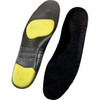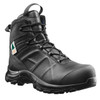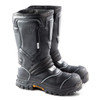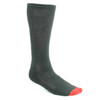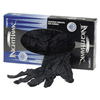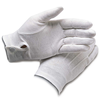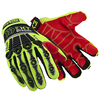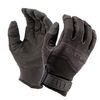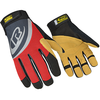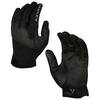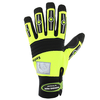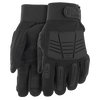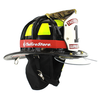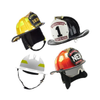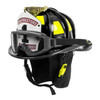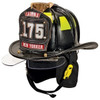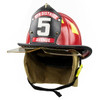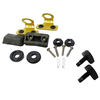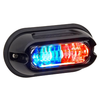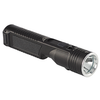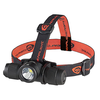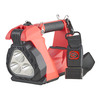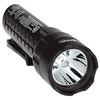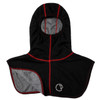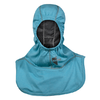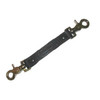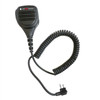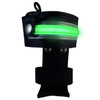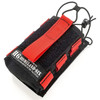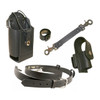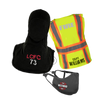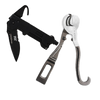Details
The FF WEDGE is durable, lightweight and will hold open a variety of door types.
Unique interlocking design allows wedges to be placed in tandem vertically and horizontally. Deployment System allows for easy deployment and placement of wedges when wearing gloves. Wedges can be hung from a door knob, lever or handle to be used as a room search indicator. Optional reflective decals make them easy to see with a flashlight in low light conditions.- Interlocking
- 5.25" L x 2.0" H x 1.0"W
- 2 pack
The wedge is 5.25” long, 2.0” high & 1.0” wide
The FF Wedge provides firefighters a lightweight, strong and durable tool that can hold open a variety of door styles and sizes, i.e. residential/commercial/industrial, wood and metal doors with different hinge types, for example; standard, continuous and pivoting. The interlocking notch design assists in keeping the FF WEDGE in place when positioned under a door, between the door and frame or in tandem. These wedges can be easily deployed and placed while wearing gloves and may be stored in a turnout pocket, held in a helmet band or hung from a truck belt by the Wedge Deployment System.
In the past wedges were usually placed under the door with limited results. The FF WEDGE with its interlocking notch design can be placed in a variety of positions giving firefighters more options. Before placing a wedge, we suggest you first evaluate conditions and placement options for optimal wedge effectiveness, i.e. door size, weight, material, closers, floor and frame conditions, etc. The following are some helpful hints for use and placement.
Placement options for doors with or without self-closers:
1. Place the wedge at the top of the door, between the door hinge-end and the head of the doorframe, if space exists. Wedge placement in this manner will hold the door open at approximately 90 degrees. Place the point of the wedge down. This assists in keeping the wedge in place if the door is bumped or opened wider.
2. Place the wedge between the door and the doorframe above or below the hinges. The door will be held open, depending on placement, slightly less 90 degrees. If the door is heavy or the closer is strong, it is suggested to place two or more wedges as described above. if the space for placement is too large for one wedge, use two or more interlocked to form a larger wedge. When placing the wedge rock it to snap it in position.
Another option for between the door and the doorframe is to interlock two wedges to form a rectangle. This block can be placed between the vertical hinge edge end of the door and the vertical doorstop on the frame. Adjust the two wedges by changing the interlocking position to maximize the open position of the door. This can also be accomplished in a horizontal block orientation in the same position for pivoting doors with a wider gap between the door hinge edge and the frame when the door is in the open position.
3. Place the wedge under the door's bottom edge below the knob or handle, depending if the friction between the door, wedge and the floor is sufficient to hold the door open. While stabilizing the wedge with your foot or knee, pull on the knob or lever up and towards the wedge, snapping the bottom door edge in the highest wedge notch possible. This works best on wood an lightweight metal doors on carpeted floors.
Aluminum and hollow metal doors usually have outer surface bottom edges with a recessed center core section. This can be felt by running your hand under the door. To place a wedge, line up a wedge notch with the edge and slide the wedge under the door from the latch end along this edge towards the hinge until it wedges between the the door and the floor/slab. This works well for exterior doors where the slab pitches away from the building. Many times floors are not completely level, so this method can also be tried on interior metal doors. With this method the door can be held open beyond 90 degrees depending on hinges, frame types and obstacles


